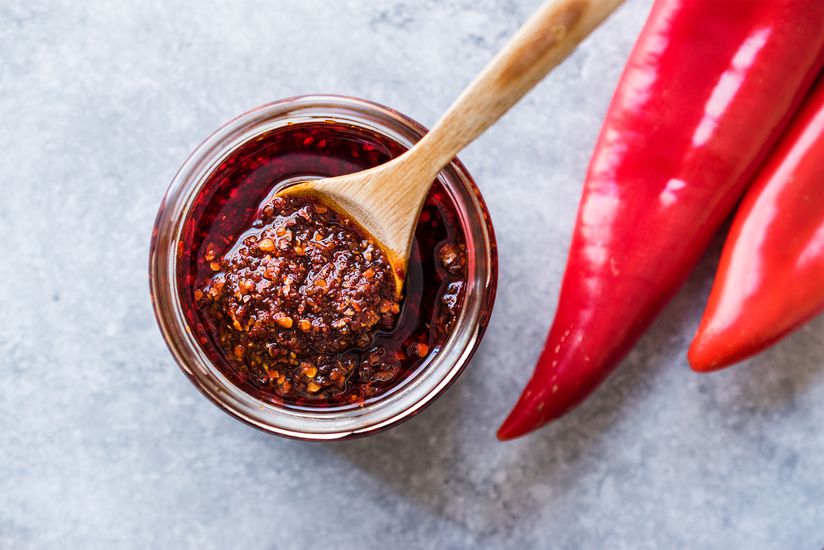As many dentists will tell you as a kid, sugary candies can rot your teeth. The same applies to healthier foods such as fruit, bread, or oatmeal, though. All can cause plaque buildup and cavities if allowed to sit on the teeth for long without flossing, brushing, or rinsing. There's also no significant link between sugar consumption and behavioral problems in children; parents' reports of hyperactivity after kids drink soda is a matter of perception, studies show. And sugar is not especially responsible for weight gain and obesity epidemics around the world — no doubt eating a lot of sugary snacks and sodas will pile on the pounds, but because it's indicative of too much calorie consumption, period, not specifically sugars. Our bodies also convert starches into sugar, yet the nations that eat the most rice and pasta (Japan and Italy, respectively) are among the world's thinnest.





































